Tooling Tuesday - Bear Grylls Poundland Buck Converter
Improvise, adapt, overcome!
If Bear Grylls, survival expert needed a buck converter then he might just use this!
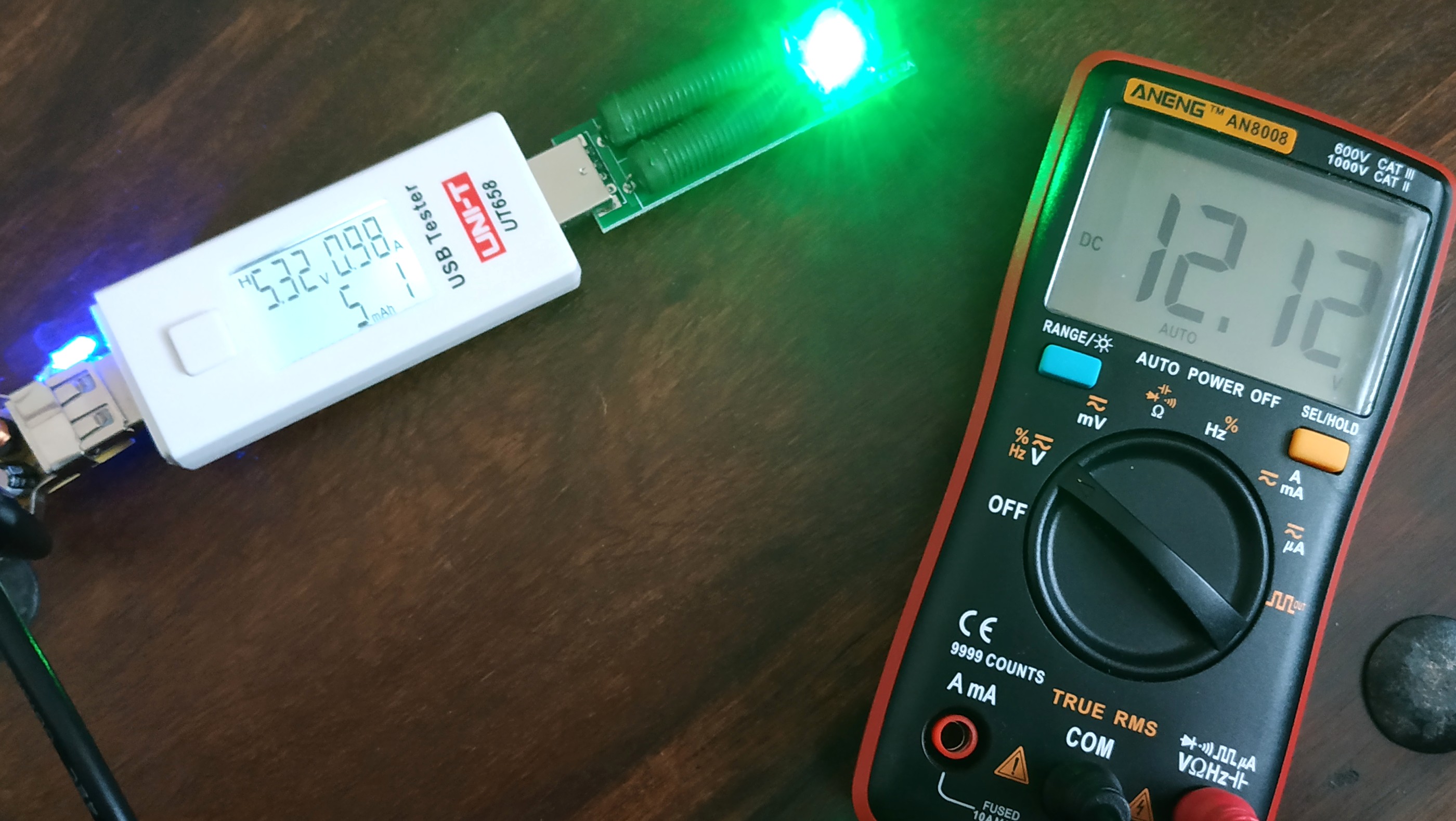
So what are we doing?
Picture this scenario:
In a post Brexit wasteland / zombie apocalypse we scavenge for parts to power our projects. The last remaining Poundland has the means for our survival a USB car charger.
A what?

These are typically used to charge our mobile devices when driving, but what if we are at an event / hack and we need to get a stable 5V 1A supply for a project and all we have is a 12V supply? Well getting this from Poundland may just solve your problem!

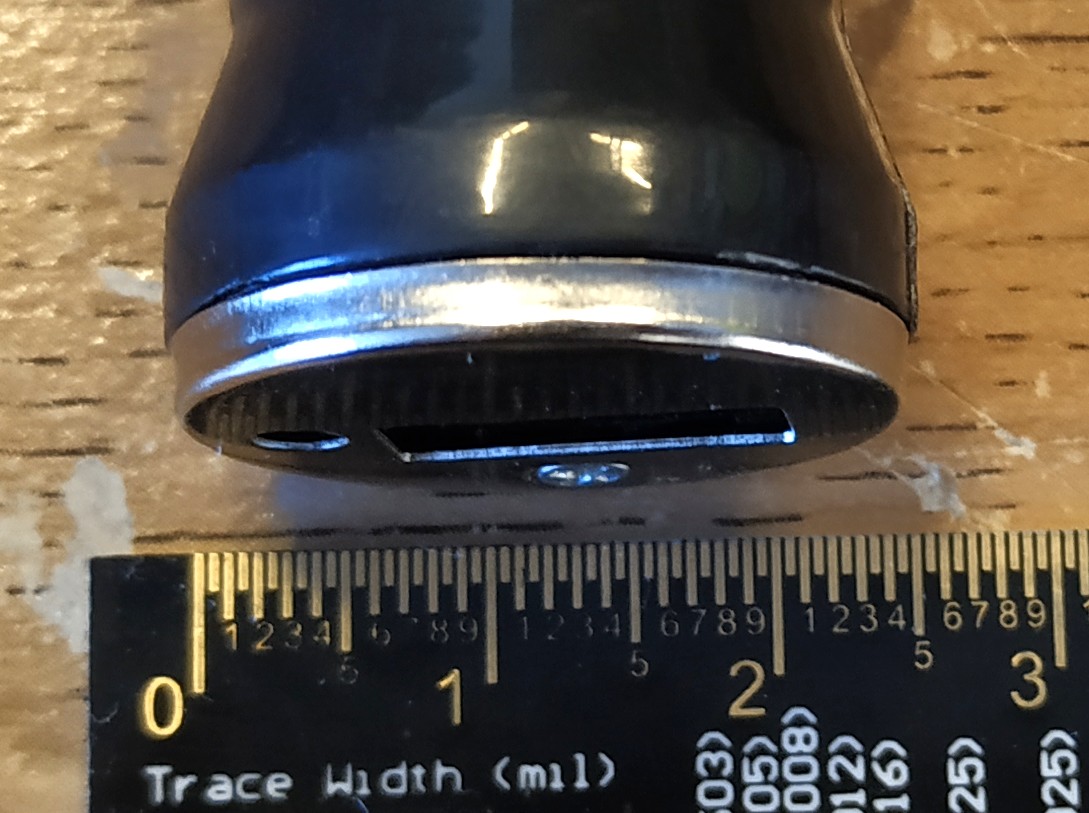
Inside the unit

The inside of the charger is a fairly low cost and bare affair. We have just enough components to do the job. But it is the underside that is the most interesting.
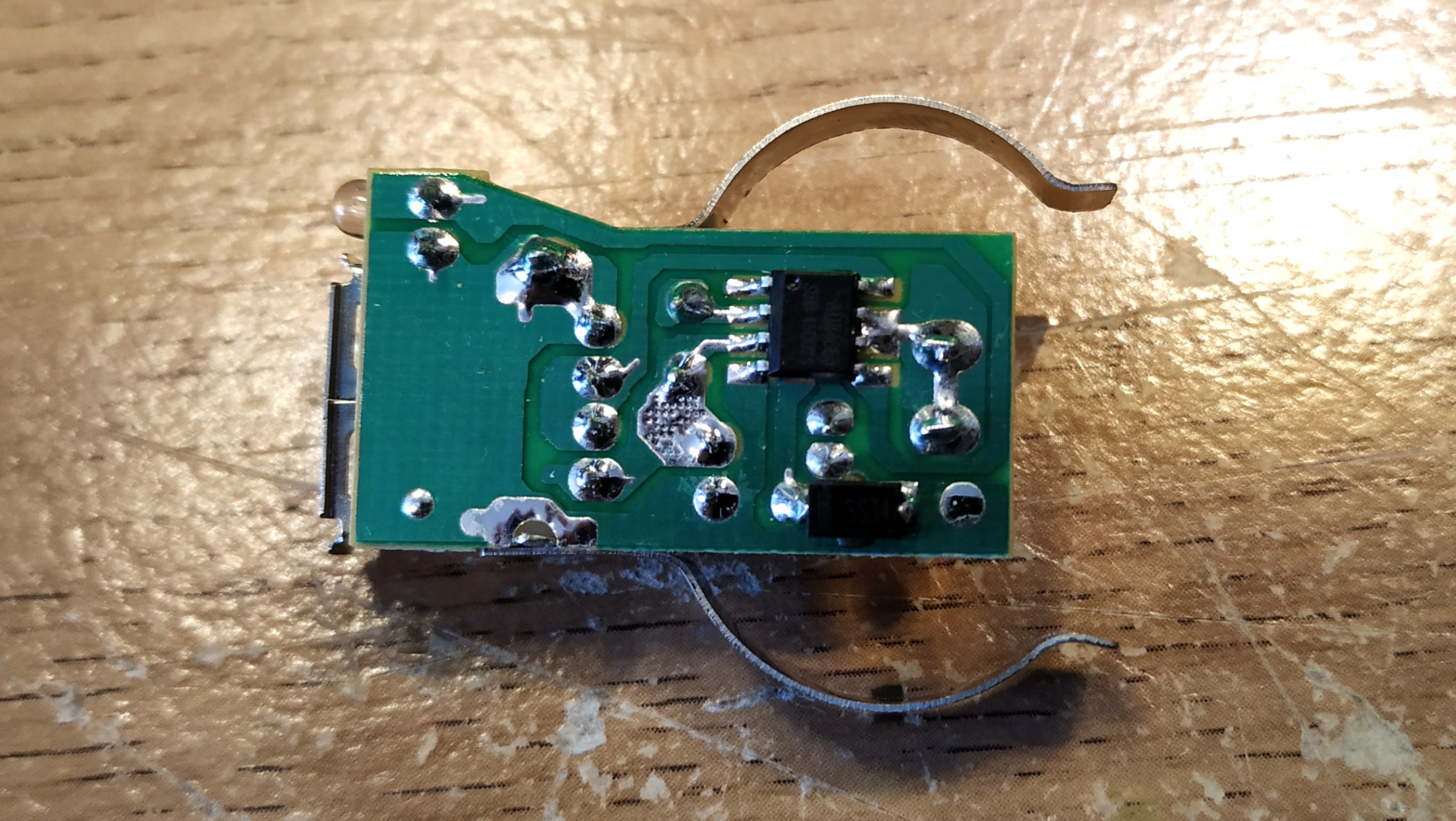
On the underside we see the circuit that controls the power conversion, and in the centre of this we see an AD84068 DC to DC step down chip >>Datasheet Link<< that can handle...
3-32V DC input voltage range
5V output @ 1 Amp
For £1!
So I need to use it in the car?
No!
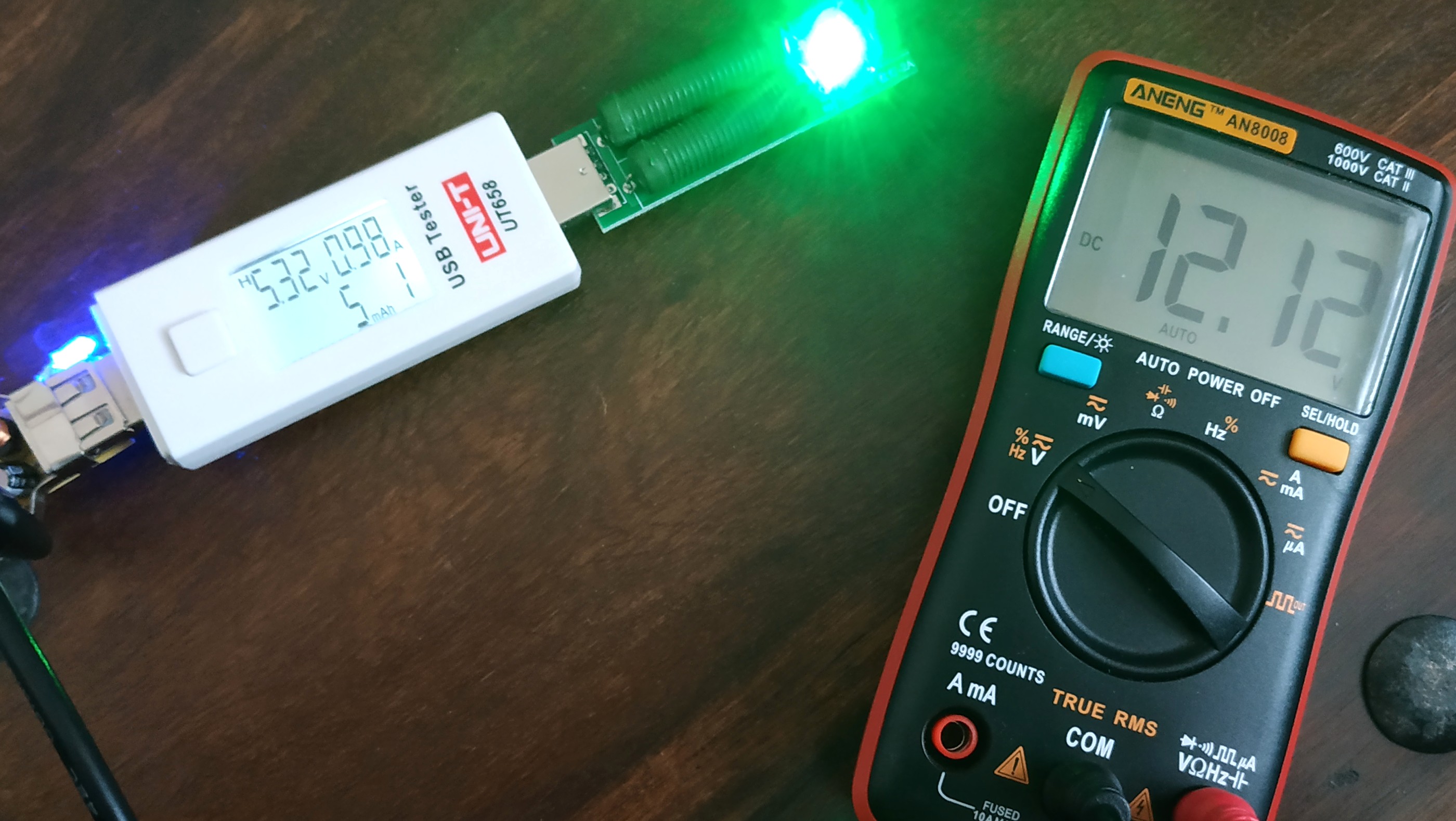
The unit can be used with any DC input, we just need to get the power to it! So I dipped into my bits box and found a 12V 2.5A PSU with a centre positive jack.
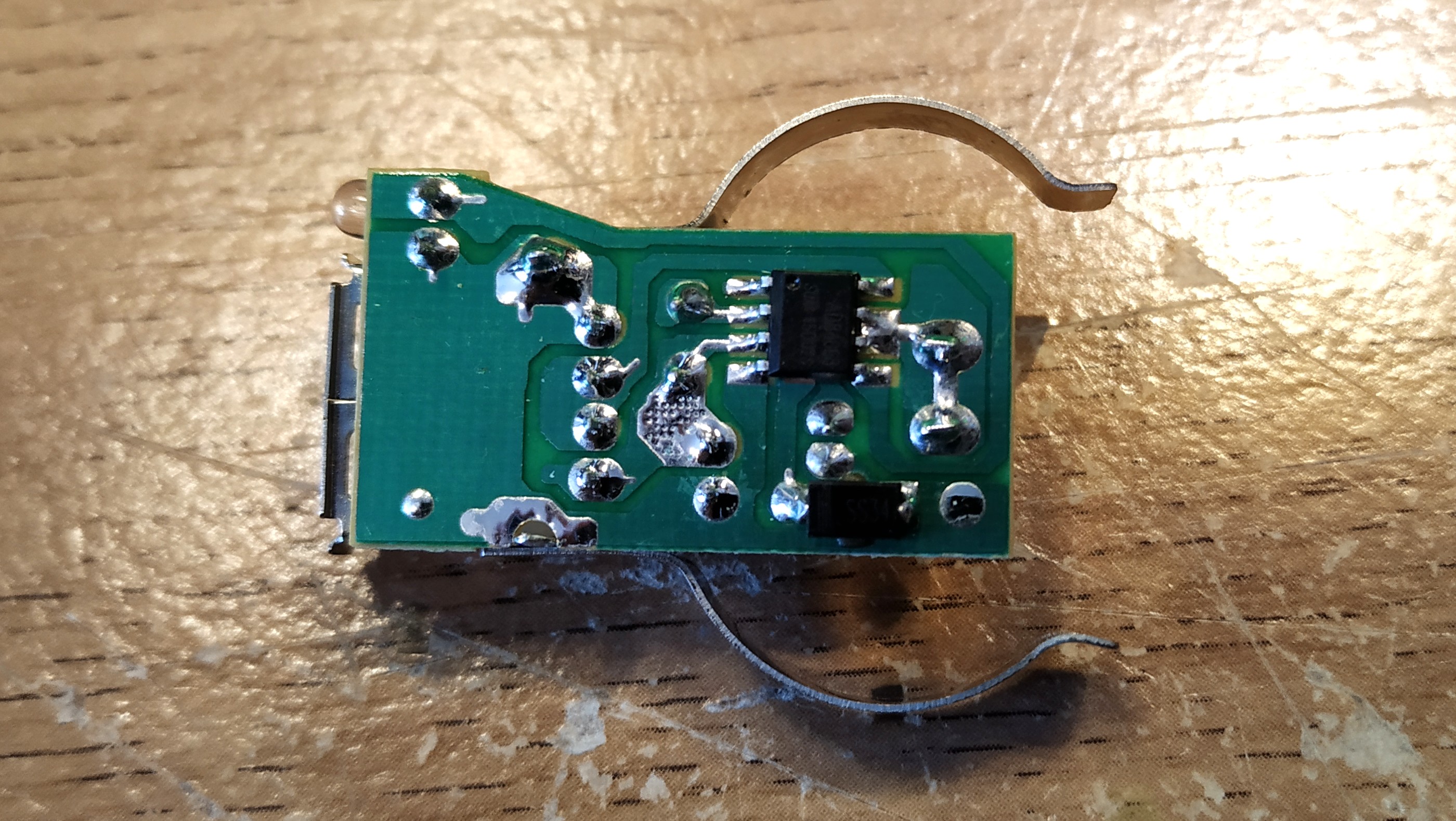
Then using a female DC breakout I connected two wires for positive and negative (GND) and then I needed to locate where to solder these wires on the board... So using my multimeter (an Aneng AN8008, great meter!) I traced where the 12V DC came in to the board, and where the common GND connection was...and then I marked it out for you!
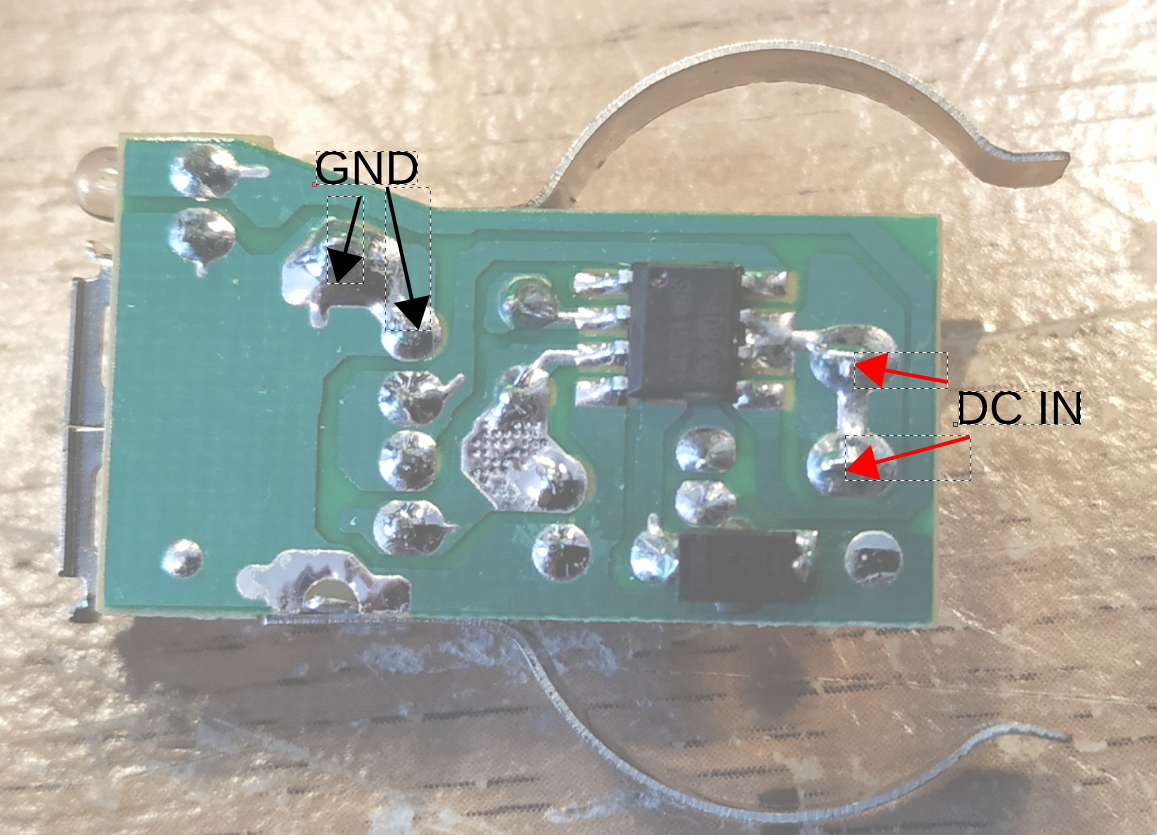
Testing Times

So using the 12V PSU to power the unit, I also connected my multimeter to the DC input to measure the incoming voltage.

And to measure the output voltage and current I attached my trusty UNI-T UT658 USB Tester, as approved by Big Clive.
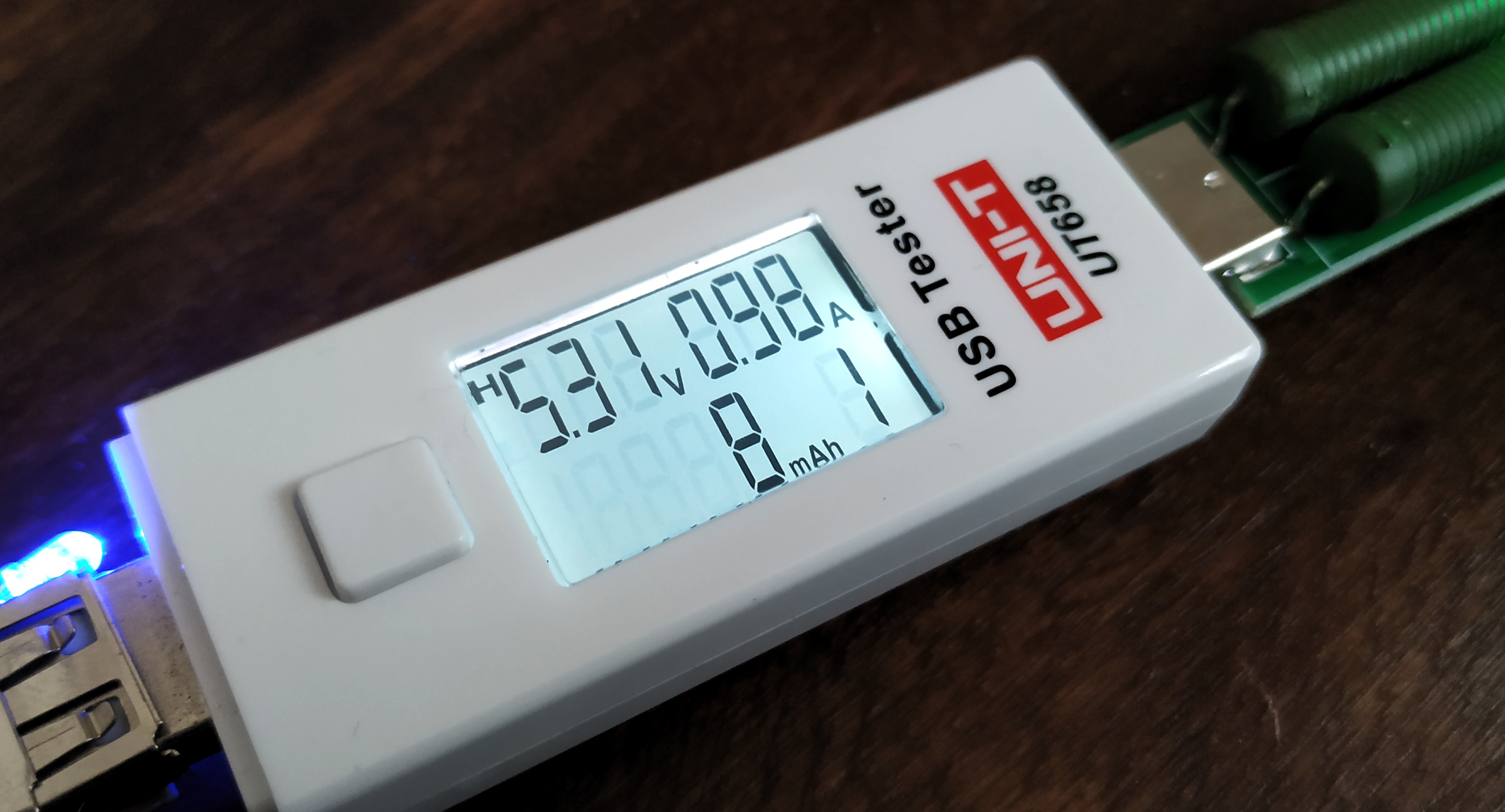
But we needed a load to test the output...handily I have a USB dummy load test that I can set to 1A or 2A and it showed that we had a stable 5.3V 980mA output.
Conclusion

This is a fantastic hack for those projects in the field. Those times where we need to magic a solution to a problem but our time / equipment options are limited. Remember always be careful when hacking, check your connections and always stay safe!
Happy Hacking!